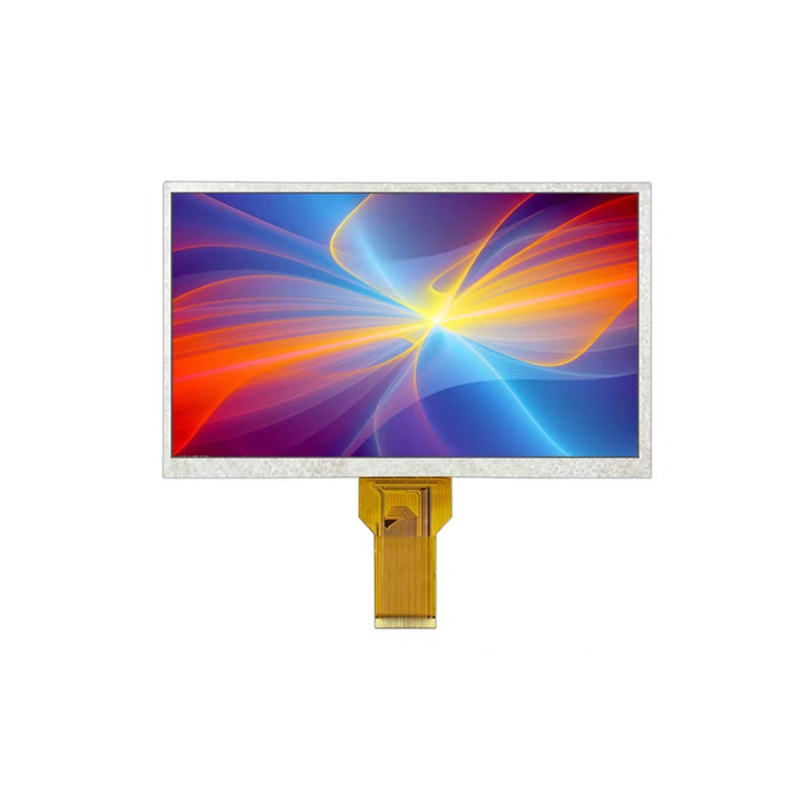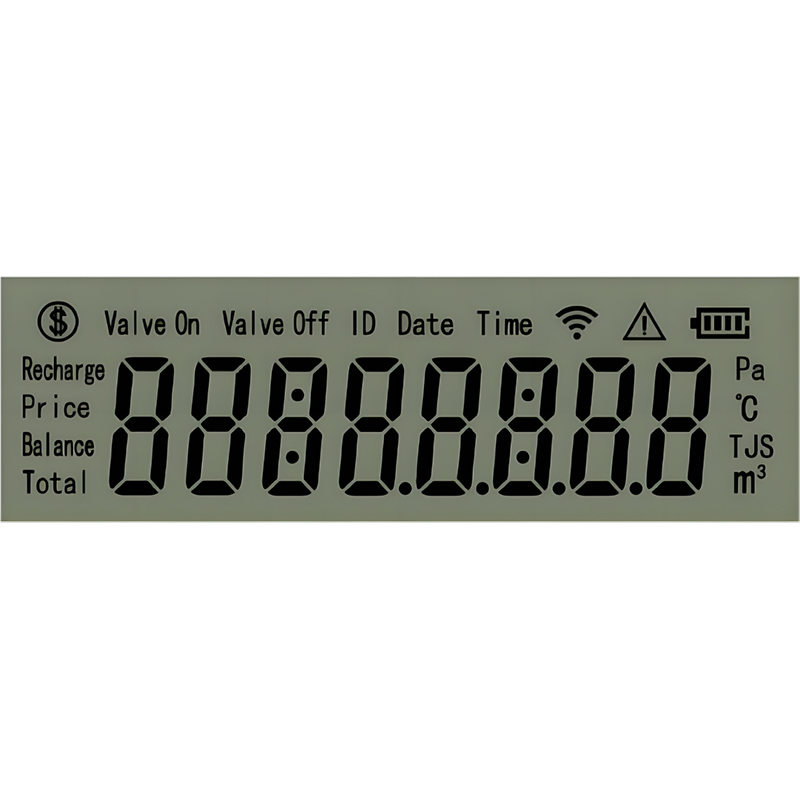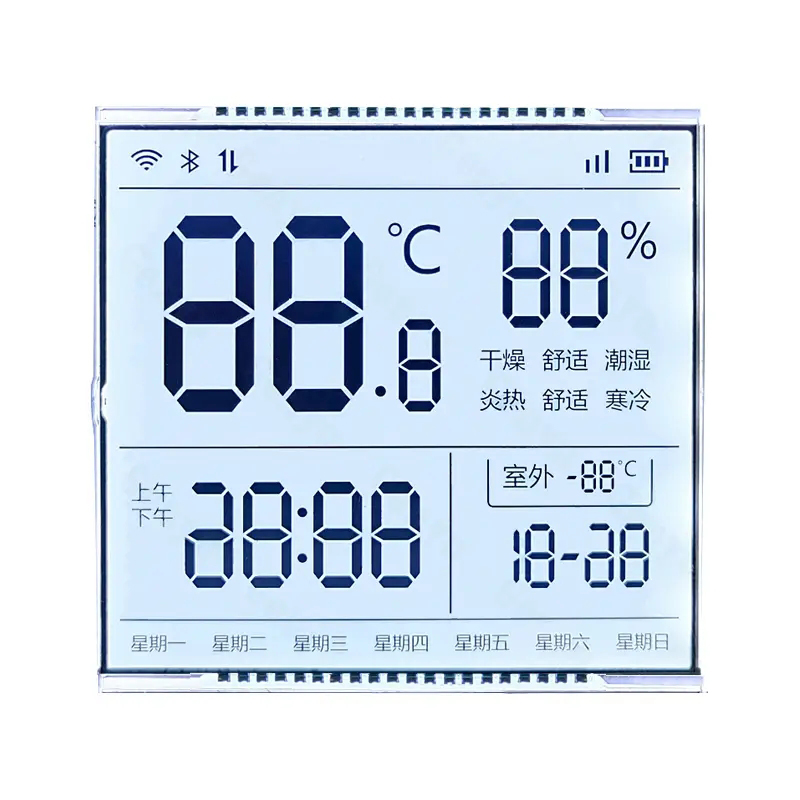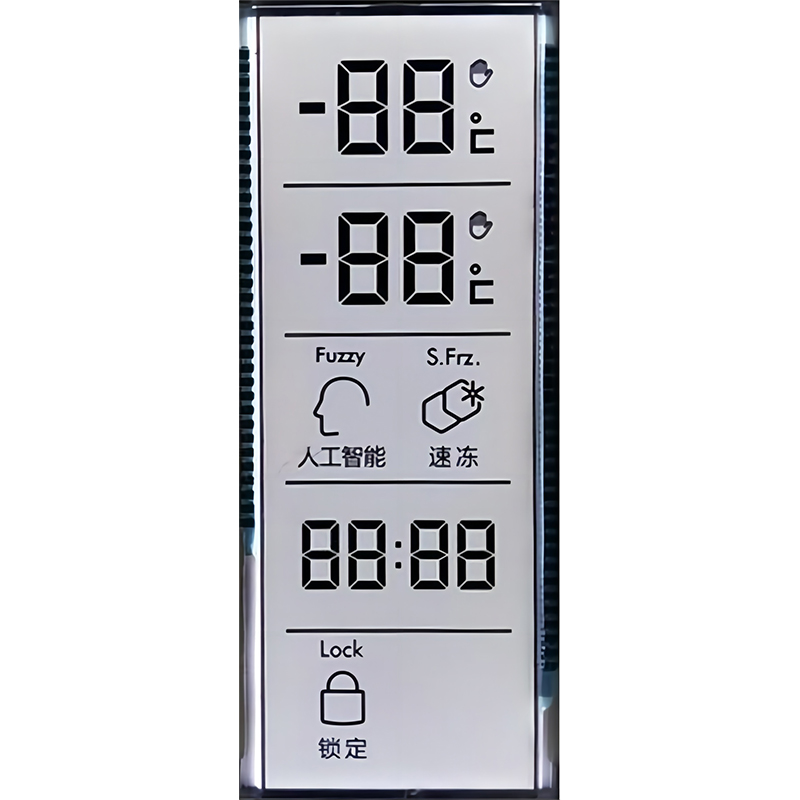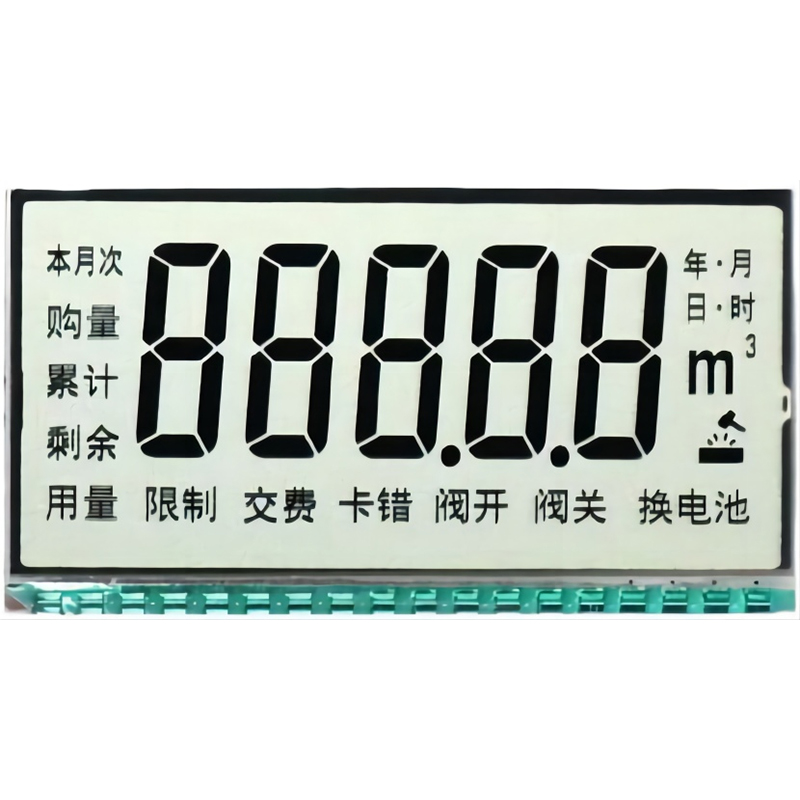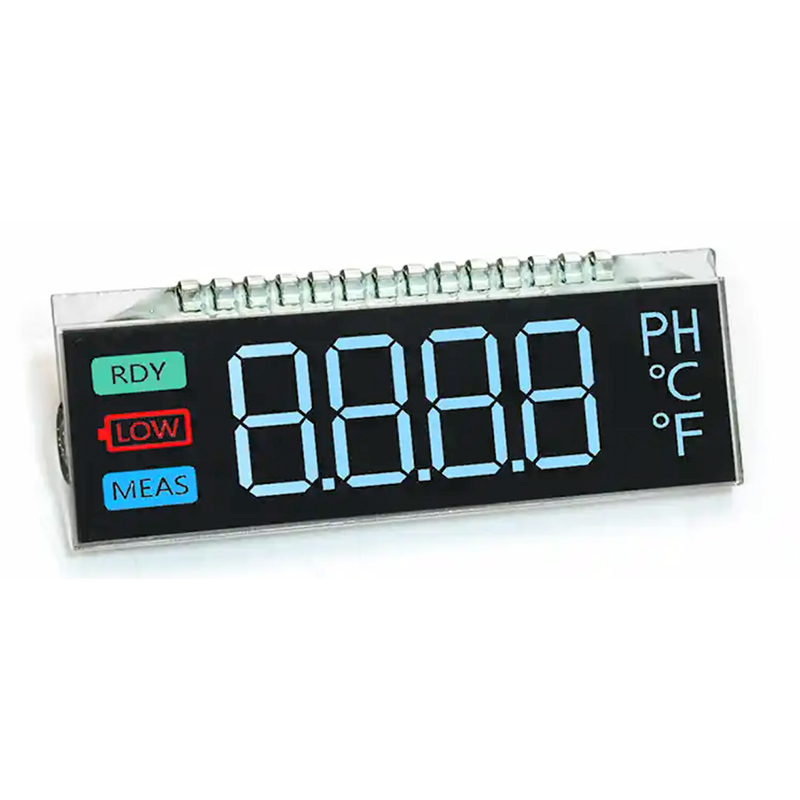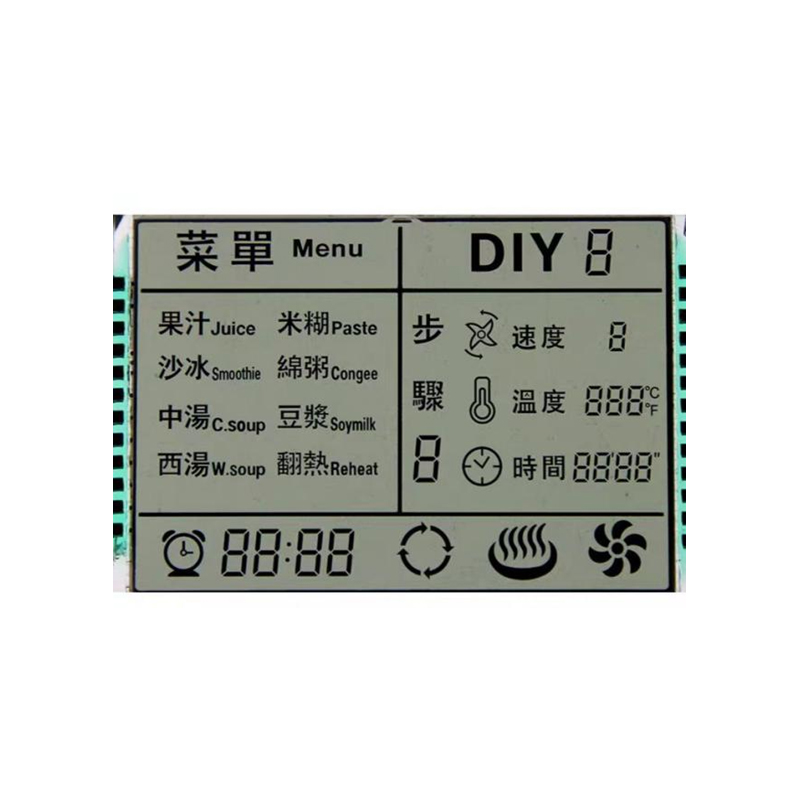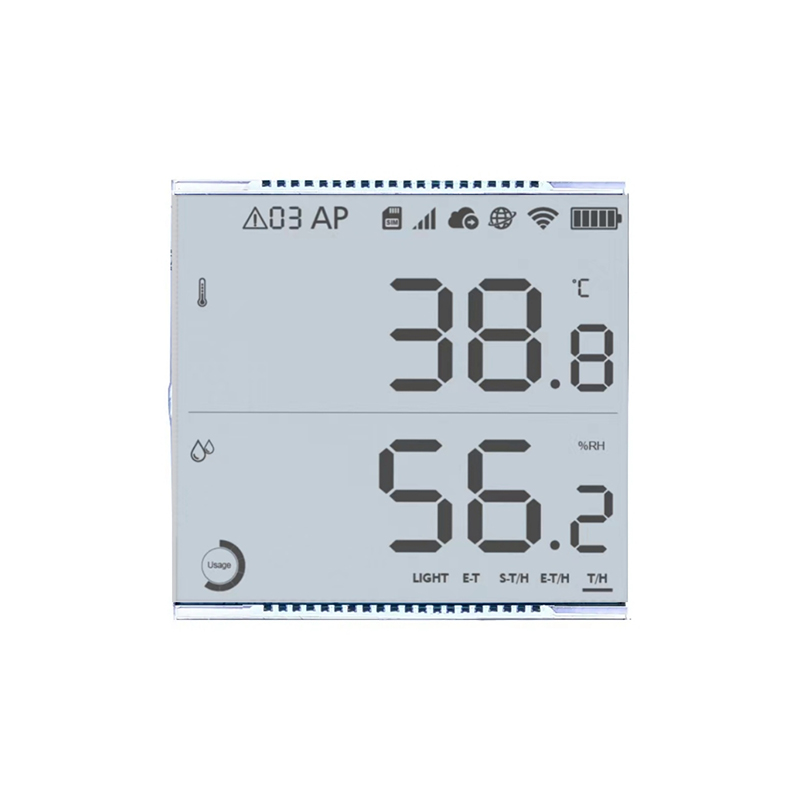
This guide provides a detailed overview of the 1602 LCD shield, covering its features, applications, and how to effectively use it in your projects. We'll explore various aspects, from understanding its specifications to troubleshooting common issues, ensuring you can confidently integrate this crucial component into your electronics projects. Learn about different models and find resources to help you get started.
A 1602 LCD shield is a small, inexpensive, and versatile module used to display text and simple graphics on an Arduino or similar microcontroller-based projects. It's characterized by its 16 characters by 2 lines display, making it perfect for displaying simple messages, sensor readings, or status indicators. The shield aspect refers to its form factor; it's designed to easily stack on top of an Arduino board, simplifying connections and prototyping.
Typical specifications of a 1602 LCD shield include a 16x2 character display, various contrast adjustment options, and a standard I2C or parallel interface for easy communication with microcontrollers. Some models may include backlight options (typically blue or white). The exact specifications can vary slightly between manufacturers, so always refer to the datasheet provided by your supplier.
While the core functionality remains consistent, there are variations in features. Some 1602 LCD shields offer I2C communication, simplifying wiring by reducing the number of pins needed. Others might feature different backlight colors or integrated character fonts. Choosing the right type depends on your specific project requirements and available resources.
The wiring process differs slightly depending on whether your 1602 LCD shield uses I2C or a parallel interface. For I2C, you'll typically need to connect SDA, SCL, VCC, and GND. Parallel interfaces require more connections, including data lines (D0-D7), RS, RW, and E pins. Detailed wiring diagrams are usually provided with the shield or can be easily found online via datasheets or tutorials. Always ensure you correctly identify the pins before connecting them to your microcontroller.
Several libraries simplify the process of interacting with the 1602 LCD shield from your microcontroller. The LiquidCrystal library is commonly used for parallel interface shields, while Adafruit_LiquidCrystal is popular for I2C-based ones. These libraries provide functions for easily writing text, controlling the cursor, and managing the display's backlight.
#include <LiquidCrystal.h>LiquidCrystal lcd(12, 11, 5, 4, 3, 2); // Adjust these pins to your wiringvoid setup() { lcd.begin(16, 2); lcd.print(Hello, world!);}void loop() { // Your code here}This could be due to incorrect wiring, power supply issues, or problems with the library or code. Double-check your connections, ensure you're providing sufficient power, and verify your code against the library's documentation.
Incorrect characters suggest a problem with the data transmission. Check your wiring, ensure the correct library is used, and review your code for errors. Sometimes, adjusting the contrast may also help.
You can find 1602 LCD shields from various online retailers such as Amazon, Adafruit, SparkFun, and many others. For high-quality LCD screens, consider exploring the selection from Dalian Eastern Display Co., Ltd., a reputable supplier of LCD modules. Remember to carefully compare specifications and pricing before making a purchase.
| Feature | I2C 1602 LCD Shield | Parallel 1602 LCD Shield |
|---|---|---|
| Interface | I2C | Parallel |
| Wiring Complexity | Simple | More complex |
| Number of Pins | Fewer | More |
Remember to always consult the datasheet specific to your 1602 LCD shield for precise details on its specifications and operation. Happy making!

